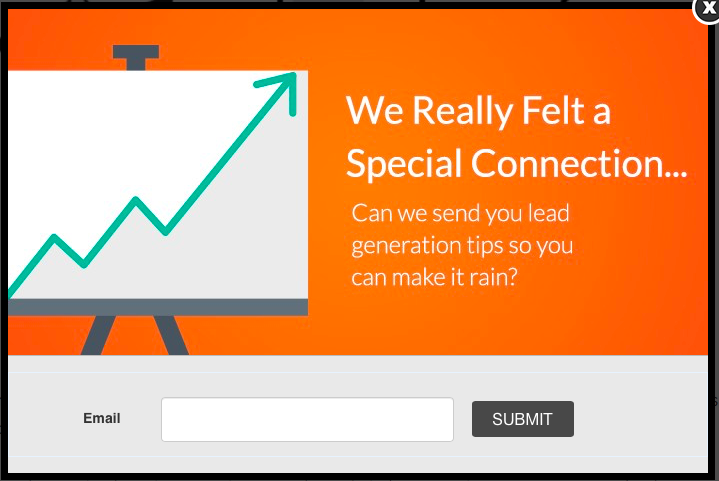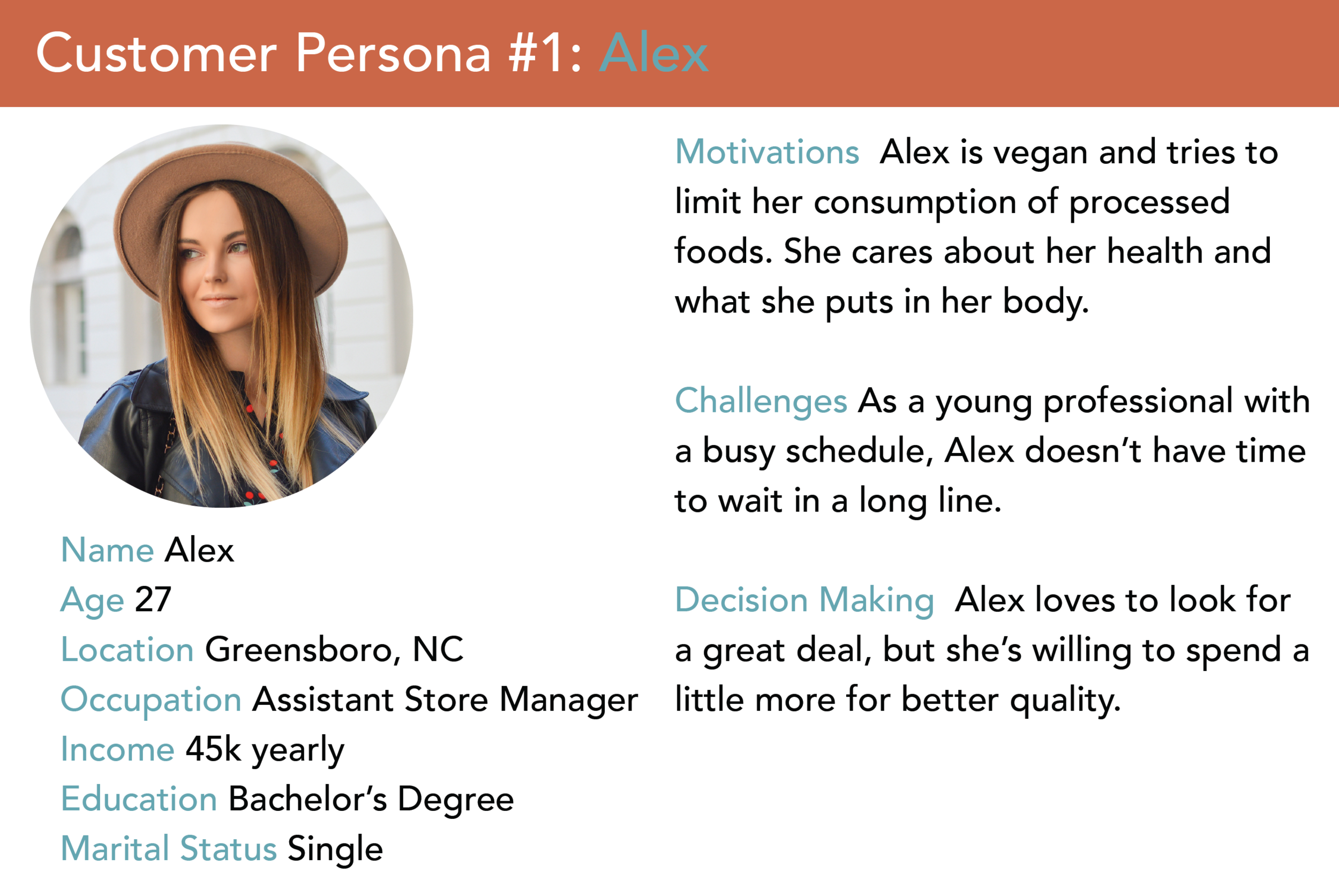If you have a great product, your customers will help do the marketing for you – but often you have to provide them with an incentive program to help compensate for their time. A referral program is a deliberate, systematic way of getting people to make referrals to your business. Having a clearly outlined program will help consistency and tact take center stage – and ensure no current customers are turned off by your ask for their help.
Referrals can come from just about anywhere – existing customers, friends and family, or even a social media testimonial. Having an established system to help you harness the power of these referrals is key to building word of mouth and customer loyalty.
Decide how much a customer is worth
Not sure what kind of metric you should be looking for from a referral program? Start by aiming for a 10% conversion rate.
Before you start developing the specifics of your referral program, it’s important to identify what you hope to get out of it. First, figure out what a typical customer is worth. Your referral program should help you build a continual pipeline of new customers – each of which you’ll be obtaining at a lower cost than a traditional customer acquisition.
Having a concrete figure for customer acquisition costs allows you to determine how much money to sink into building a referral program – as well as how much to spend marketing it.
Establish your incentive structure
Now that you’ve identified the cost of acquiring a typical customer, it’s time to do a little math on incentives. Don’t limit yourself to just cash incentives – studies actually show that non-cash incentives are 24% more effective at boosting effectiveness (source).
In addition to a typical cash incentive system, consider offering coupons, service upgrades, free swag, gift cards, donations to charities, or access to exclusive products.
Pinpoint what you’ll be offering to both the referrer and referral – this should be a mutually beneficial ask to ensure everyone walks away with an even more positive view of your brand.
Develop quality collateral
Putting time into developing quality referral materials and messaging around your new program is a must. Your messaging should:
Feel Personal
Cleary explain the benefit to the customer and their friend
Have easy to understand directions
Offer a clear explanation of the steps
The easier you make it to refer people the better. Give your customer multiple options for how to share – Facebook, Twitter, email, or a direct link. Offer a pre-filled message to them so they don’t have to do anything but click a button.
It’s also important to ensure that your referral program is being consistently marketed among your different platforms. Use consistent language across your CTAs, blogs, emails, newsletters, and product updates.
Track what’s working
Once you’ve got your messaging and incentive structure in place, it’s time to integrate analytics and tracking to monitor its effectiveness. If you’re shopping around for referral program software, this is definitely something you’ll want to dive into before purchasing. At a minimum, you’ll want to track:
Who referred who
When they were referred
Whether they were converted or not
How many links get shared
How many links get clicked
A/B testing effectiveness
Where customers tend to drop off in the referral program
Make sure your whole team is up to date
Now that you’ve put time into developing a quality referral program, it’s time to make sure everyone is on the same page. Sit down with sales, marketing, and support staff and make sure the whole team is aligned around the goals and vision for your referral program.
Can they clearly explain incentives? Have they been well trained on any new software? Do they have leeway to offer additional benefits to top referrers? Get everyone up to speed so they can answer questions in real time.
Don’t forget to say “thank you!”
Once your program has launched, be sure to take the time to thank your referrers for helping you out! Even though you’re providing them with an incentive already, it never hurts to personally thank them for their support.
Avoid stagnation
Once your regular customer incentive program is up and running, consider future ways to keep things fresh or to expand your program. Here’s a few special promotions to consider or incorporate in the months and years to come:
Customer Tiers: Now that you have a strong plan in place for one-time referrals, it’s time to start thinking about how to harness the power of regular or high-value customers. Creating tiers is a way to offer continual incentives as customers continue to offer you valuable leads. Each tier can have its own unique benefits so that customers stay motivated.
Seasonal Campaigns: Holiday discounts and annual sales can provide a special way to draw in new consumers.
Contests: Host a giveaway where customers are entered only after providing a certain number of referrals. To ensure you maintain a high quality of leads, we suggest leads have to signup instead of just provide an email. This means your success will based on conversions rather than just random referrals.
Hue & Tone Creative: Digital Marketing for the Triad and beyond
Want to take the guesswork out of developing your referral program? We’ll help you develop a program with a clear structure, sound business goals, and beautiful graphics. Ready to get started? Let’s set up a free 20 minute consultation to get to know each other. Make an appointment here.




































